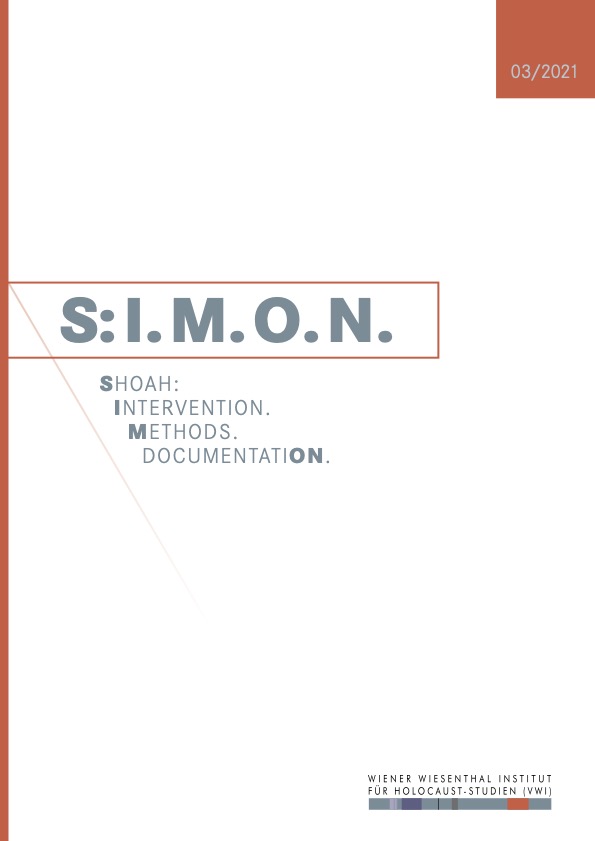Teleki, Trianon, and Transnational Map Men 100 Years After
Teleki, Trianon, and Transnational Map Men 100 Years After
Author(s): Steven SeegelSubject(s): WW II and following years (1940 - 1949), Fascism, Nazism and WW II, History of Antisemitism
Published by: Wiener Wiesenthal Institut für Holocaust-Studien
Keywords: critical geography;Trianon;Carte Rouge;
Summary/Abstract: The lecture focusses on the life and death of Count Pál Teleki (1879-1941) – twice prime minister of Hungary – in relation to the Treaty of Trianon (1920) and its legacy after a century. Teleki developed his reputation as a professional geographer, among Europe’s prominent ‘map men’ of his generation. Through scholarship in critical geography and cartography, this lecture examines Teleki’s gendered fantasies of North American frontier space; the origin and significance of his antisemitism and anticommunism; his subtextual grasp of post-World War I symbology and territorial revisionism; the cultural significance of the famous Carte Rouge map; his efforts at Transatlantic diplomacy; his family’s contacts with Transatlantic geographers and his eventual suicide in April 1941; and the long legacy of illiberal politics in Hungary and Europe since the Treaty of Trianon.
Journal: S:I.M.O.N. Shoah: Intervention. Methods. Documentation.
- Issue Year: 8/2021
- Issue No: 3
- Page Range: 84-97
- Page Count: 14
- Language: English

